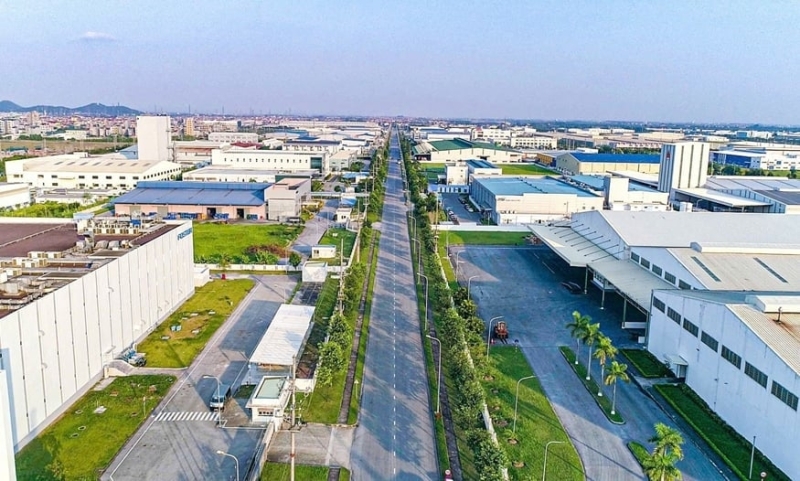- Understand the market
- In-depth study
- Understanding the concept of extended air cargo warehouses

Case study
Our in-depth articles across various fields provide valuable and diverse information for our clientsOff-Airport Cargo Terminal (OACT) is a warehouse area located outside the customs border used for storing import and export goods transported via air freight, under customs inspection and supervision.
Conditions for recognizing Off-Airport Cargo Terminals (OACT):
In Vietnam, these terminals are typically arranged in locations facilitating the movement of goods to and from the airport. They are required to be within approximately 50 km from the international civil airport and include:
- Adjacent areas to international civil airports
- Industrial zones, high-tech parks, and export processing zones
- Areas authorized by competent authorities in the development plan of the national logistics center system.
OACTs are required to have software that meets the management requirements, providing online data for customs authorities regarding cargo names, quantities, conditions, and the time when goods enter, leave, and are stored in detail according to the consignment note and/or customs declaration for management in the Automated Cargo Management and Supervision System.
Moreover, these terminals need a camera system that offers online connections with customs authorities for management purposes. Surveillance images from all areas of the terminal at all times (24/7) should be stored for a minimum of 6 months.
Benefits of Off-Airport Cargo Terminals:
Reduced transportation costs to airports
OACT services ensure that businesses' goods are efficiently transported to airports, saving time and being more convenient. Businesses are closer to their goods and can handle any arising factors during transportation, leading to effective cost savings.
Shortened customs procedures
Airports often handle a large volume of international goods. Applying Off-Airport Cargo Terminals allows businesses/shippers to expedite cargo weighing, security inspections, and customs procedures instead of waiting, avoiding cargo congestion.
Convenient consolidation and packaging
These terminals facilitate businesses in gathering goods from various locations to assemble them into suitable units without palletizing or containerizing before transport to the airport. Loading and unloading tasks onto planes become more manageable, saving significant time.
Promotion of air cargo services
The robust development of Off-Airport Cargo Terminals could stimulate airlines, freight forwarders, transport companies, and infrastructure investors to enhance and expand air cargo logistics systems, promoting the socialization of these services.
At Western Pacific Group, we develop projects following the Logistics Industrial Cluster (LIC) model, aiming to provide customers with comprehensive and closed solutions to optimize time and costs for logistics operations. The Yen Phong II-A Industrial Park & Logistics Center project by Western Pacific is among the few projects licensed to operate both an Off-Airport Cargo Terminal and an External Customs Warehouse.
Related articles






Do you need support?
Our team of experts is always ready to support and provide customers with optimal solutions! Contact us









